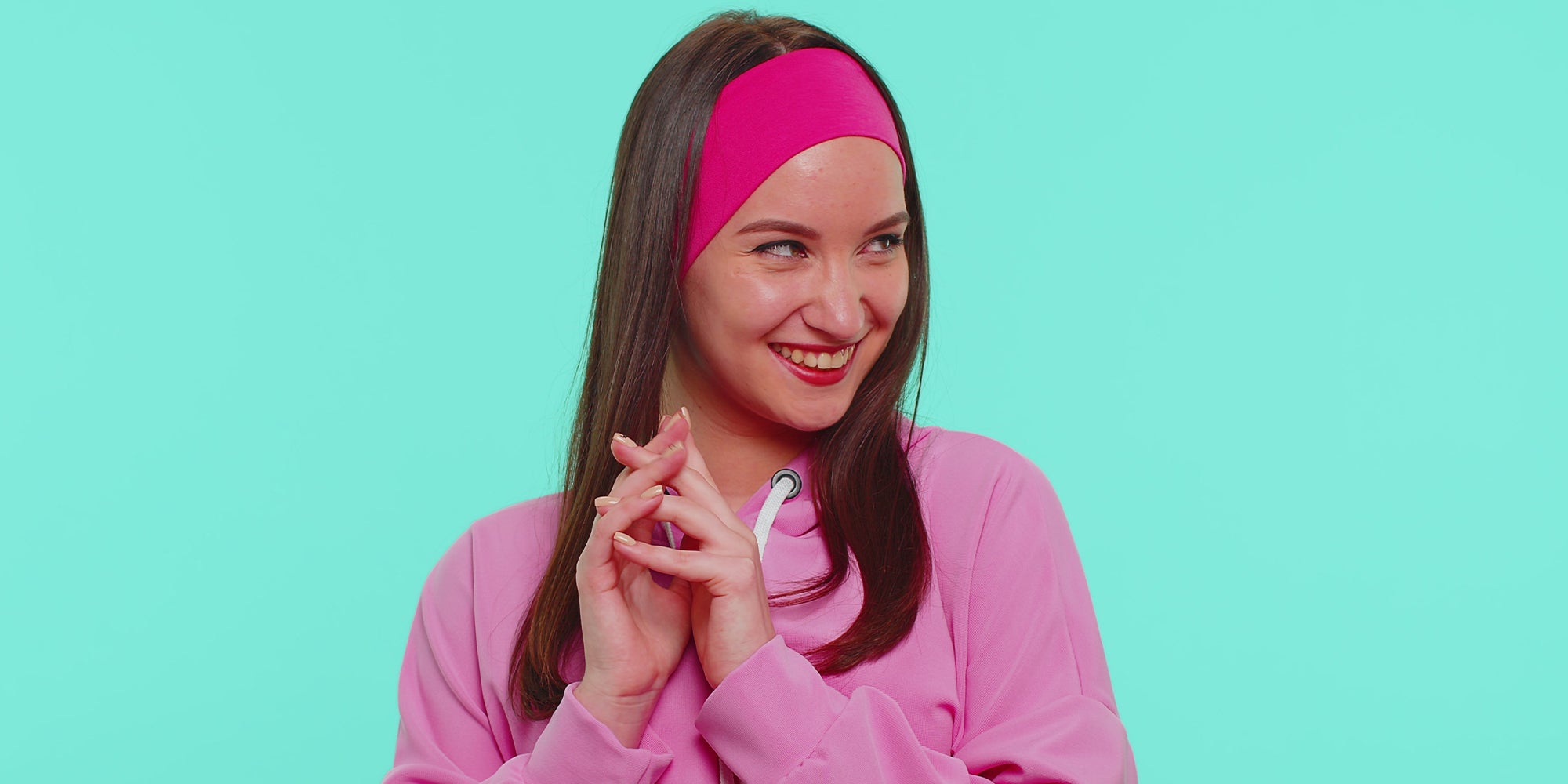
Persistent people-pleasers of the world may want to listen up.
The “villain era” is a phenomenon that’s swept the internet. Though negative sounding, a person in this stage of their life is not committing misdemeanors. The term has many connotations, all pertaining to mental health and meaning someone who has decided to prioritize their own being.
What does ‘villain era’ mean?
Along with Main Character and Lucky Girl Syndrome, the Villain Era is an online mentality that has dominated platforms. On TikTok, #Villainera has videos dating back to 2021, and according to Refinery29, creator @padzdey is the one who brought the term to fame.
As @padzdey explains, there is nothing malicious about the expression; it’s all about setting up, for the first time in most cases, self-protective boundaries.
Tenacious people-pleasers who previously neglected to communicate needs and boundaries are for the first time prioritizing themselves ahead of others. This is where the “villain” part of the phrase comes up; this change in behavior can be jarring and ill-received by others when they are used to someone’s original demeanor.
In general, a person’s switch to focusing on themselves if they have historically been worrying about the needs of others can cause upset—or the perception that a person is a “villain.”
The official Urban Dictionary definition of “Villain Era” states, “When you’re tired [of] being a pushover to others and finally start to say no.” The accompanying example reads, “John: I finally put my foot down because I was tired of being the doormat. My villain era starts now.”
‘Villain era’ examples
One of the most used audios of this trend is from HBO’s award-winning show Euphoria. Users satirically use Cassie’s famed line, “If that makes me a villain, then so f*cking be it,” to detail moments from their lives when they put themselves first.
In one example, a TikToker called out of work knowing their workplace was short-staffed.
Lauren Bulloch, @laurenbulloch on TikTok, is another creator immersed in the idea of the “villain era.” On Bulloch’s TikTok page is a folder of videos labeled “Villain Era Guide,” in which she explains her own step-by-step process to enter this revision period in one’s life.
“If you’re finally ready to get your life together, it’s going to require getting a little bit ruthless,” Bulloch said in a video, “And I’m talking about getting ruthless with our own selves. Our inner fears, judgments, insecurities … throwing it all out the window.”
Bulloch’s approach plays on the “villain” word and takes a stab at intentionally revitalizing relationships and romanticizing one’s life to gain a new sense of control.
Some of the steps in Bulloch’s process are implementing boundaries, rejuvenating aesthetics, and “getting your sh*t together.” The actions under these steps include taking a look in your life at who drains you and uplifting yourself with “aesthetics” such as drinking from fancy cups without reason.
“Getting your sh*t together” may include making what Bulloch calls a “kill list,” or a to-do list of items one has been putting off because they cause anxiety.
Kicking people-pleasing to the curb
In a blog post by Abby Birk of Riverbank Therapy, the licensed therapist pens plans for how to “embrace your own parts that others have deemed villainous to their own oppressive agendas.” She also gives insight on why we choose to people please, and advice on how to integrate the “villain era” into work life, partnerships, familial relationships, and more.
Birk brings up the “fawn” response as to why people-pleasing has become such an epidemic. This defense tactic is a way to offset a threat.
“The catch with the Fawn response is that if used chronically, it can cost us more than it’s worth,” Birk states in the blog. “Instead of addressing the stressor—the toxic boss, workplace, or friend, or relationship we need to leave—we learn to manage the stress by losing ourselves to please the stressor.”
Saying no, prioritizing pleasure, and walking away from what no longer serves you are signs that Birk says indicate someone is embracing their villain era.
As pointed out in an article from i-D, the majority of villain-era participants are women. Women have made their breakups social media official by proclaiming the start of their “villain era,” but really, they’re reintroducing themselves and their own needs.
This makes sense, given that women in general are molded to be agreeable and pleasant. As reported by USA Today, women are generally taught to say “yes,” and that “no” should be a word sparsely in one’s vocabulary.
The “villain era” wave is, at its core, women fed up with social constraints of how they are expected to behave in the workplace, relationships, and life.
Though one solely shouldn’t rely on TikTok for mental health advice, the harsh title of the “villain era” draws attention to an important lesson everyone needs to hear: Don’t be afraid to put yourself first.
Sign up to receive the Daily Dot’s Internet Insider newsletter for urgent news from the frontline of online.
Source: https://www.dailydot.com/irl/villain-era/